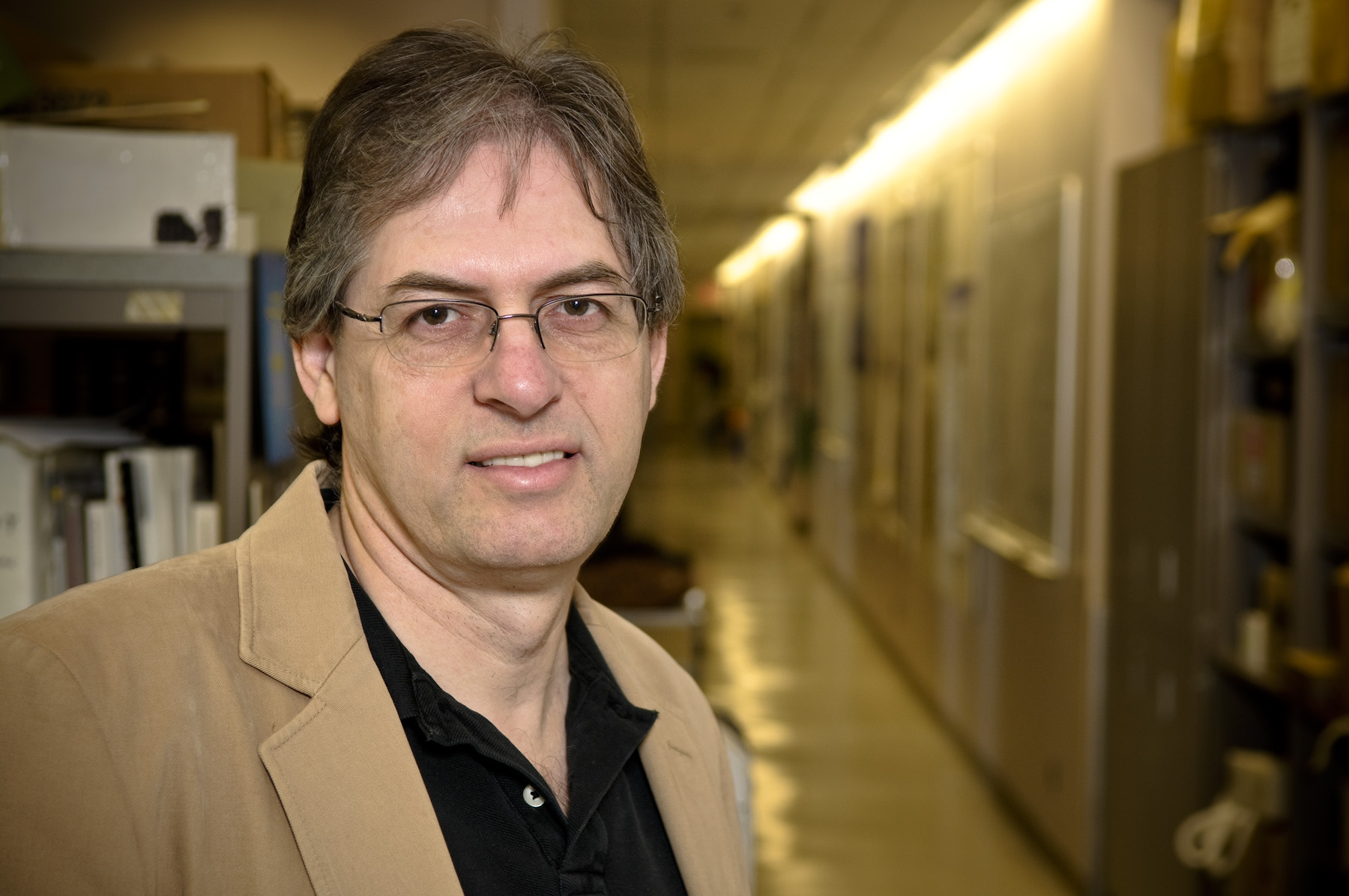Cancer Researcher Moves to Sunnybrook With Sights Set on Novel Therapies

A renowned toxin-expert, Gariépy is researching novel therapies for cancer at Sunnybrook Research Institute (SRI).
By Alisa Kim
Sunnybrook Research Institute’s (SRI’s) newest recruit, Dr. Jean Gariépy, likes to think big. Lured by the chance to work in an interdisciplinary environment to design biotherapeutics for cancer, Gariépy left downtown Toronto’s Ontario Cancer Institute to make the imaging lab on SRI’s S wing his new home.
“This is a good transition for me,” he says. “I want to see something happen and I think I have better chance of that [working] with a team of engineers and physicists, as well as biologists. You foster new ideas and practicality by working with a diverse group of people.”
A renowned toxin-expert, Gariépy, who is also a professor at the University of Toronto, is building protein libraries to discover new surface markers found on tumours in epithelial cancers such as those of the breast, ovaries, prostate, lung and pancreas. He also helped found Molecular Templates Inc., a biopharmaceutical company that is taking this research to market.
His research on the workings of biomolecules such as peptides and nucleic acids, and how they can be engineered to treat cancer, recently enabled researchers from the University of Pittsburgh to develop a vaccine against MUC1, a protein expressed in inflammatory bowel disease (IBD) and colon cancer.
His lab synthetically created a molecule made up of MUC1 and a single sugar to mimic the marker found on epithelial tumours; this allowed his American colleagues to develop the vaccine, which boosts immunity by zeroing in on the protein.
Using mice bred to develop a type of IBD that progresses to colon cancer, the researchers showed that vaccination resulted in less inflammation of colonic tissue and delayed onset of disease. They hypothesize that the vaccine works by eliminating cells that express MUC1, and changing the local environment from one that is tumour-promoting to one that is tumour-inhibiting.
While pleased with the findings, Gariépy envisions broader applications, which includes designing ligands—molecules such as hormones and growth factors—that bind to tumour markers that serve as targets for cancer therapies.
“We didn’t design the marker just to make a vaccine,” he says. “We can generate specific molecules just for that marker. Perhaps these ligands can be used for targeted delivery of molecules of interest either for imaging or therapy.”
He says he sees the move to SRI as a means of achieving his research goals. “I think there is an affinity here. Each of my colleagues has something different to offer that may allow us to create something better as a whole.”






